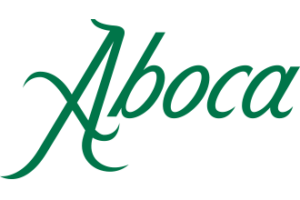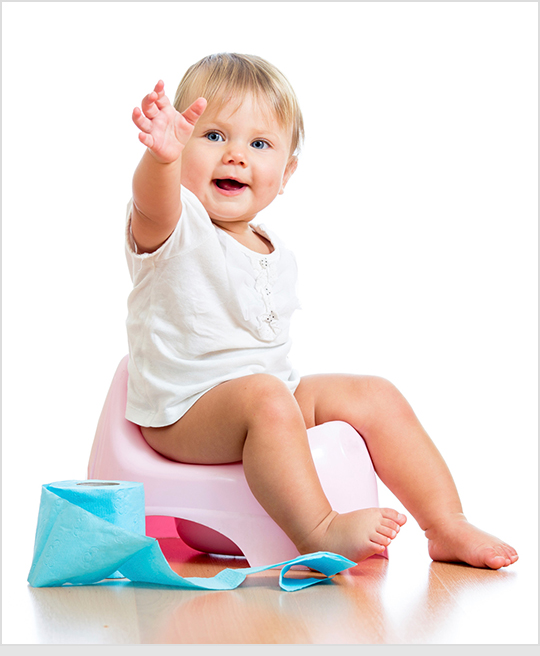The transition from the nappy to the potty is a delicate one for both parents and children. There is no ideal age but the child must be sufficiently mature, both physically and psychologically, to learn to control the sphincter.
Parents must listen to and encourage the child; the child must never be coerced or hurried. There are ways to help your child learn to use the potty.
- The child must sit comfortably on the potty. His/her feet must rest on the floor and the knees should be higher than the buttocks: in this position, it is easier for the child to contract the abdominal muscles. If a toilet seat reducer is used, provide a stool or other support for the feet, which must never be left unsupported.
- The child must be comfortable: the room in which the potty is used (or the bathroom) must be familiar and reassuring to the child.
- Children should be encouraged to evacuate after a meal, to exploit the intestinal movement which occurs after eating (gastrocolic reflex).
- Teach the child not to hurry. Do not leave the child on the potty for lengthy periods (no longer than 10-15 minutes).
- Be patient and encourage the child’s efforts. Never show impatience or frustration if the child is not successful and/or soils his/her underwear (minor leakages of fecal matter can occur if the rectum is overly distended).


 English
English  Italiano
Italiano Français
Français Español
Español polski
polski Belgique
Belgique Bulgarian
Bulgarian Deutsch
Deutsch Ελληνικα
Ελληνικα Português
Português Română
Română

 Read the warnings and the instructions for use carefully.
Read the warnings and the instructions for use carefully.